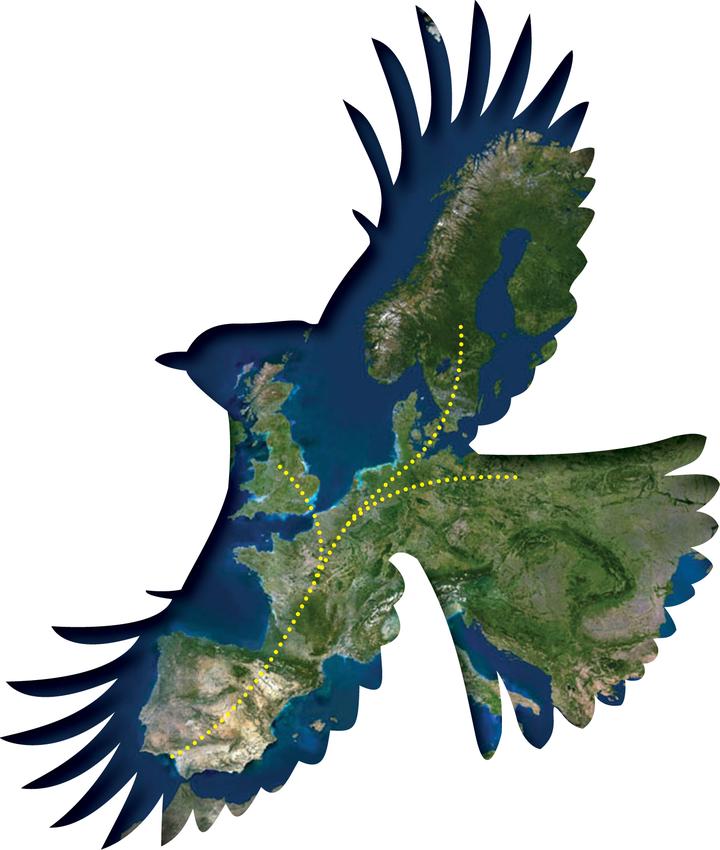
Many avian populations are migratory and make regular movements as responses to seasonal changes in environmental conditions. As a result, the individuals involved in these movements have to face up to a variety of environmental conditions and threats throughout the year. Nevertheless, the inherent advantages for migratory populations are greater than the risks associated with these movements. This trade-off may be disrupted by global change, which could affect the migratory behaviour of many birds. The understanding of the relationships between migratory birds and the environment is thus a key issue in any assessment of the impact of human change on these species and in the design of conservation measures. The factors that determine the distribution and abundance of migratory birds are difficult to determine exactly since they usually occur throughout the whole migratory circuit. The lack of data on bird movements during the year hampers the study of migratory species; this is the case of their distributions in winter, a critical period for migratory birds in which they have to cope with low temperatures and food shortages. However, the growing wealth of data provided by tracking devices (e.g. Movebank), ringing schemes (e.g. EURING) and other citizen-science programs (e.g. eBird), along with today’s unprecedented access to modelling techniques, now offer exciting opportunities for advancing knowledge of migratory bird ecology throughout the whole year The aim of this thesis was to improve our understanding of the environmental drivers shaping migratory bird distributions throughout the year by combining ring-recovery data and species-distribution modelling techniques. More explicitly, we aim to describe the features affecting the size, location and seasonal dynamics of the birds wintering in the Western Palearctic. The western Mediterranean is used by vast amounts of migratory birds from central and northern Europe and it is thus a region where the efforts aimed at protecting wintering birds will benefit the conservation of European avifauna on a broader scale.